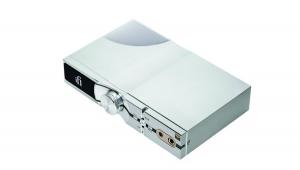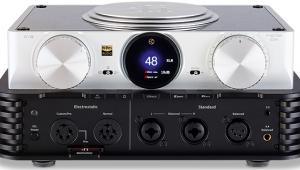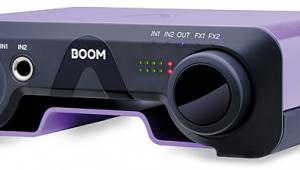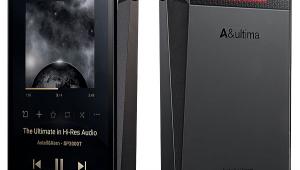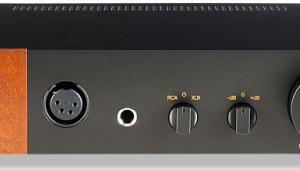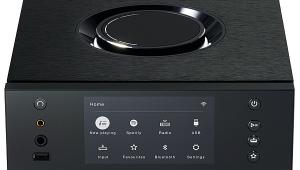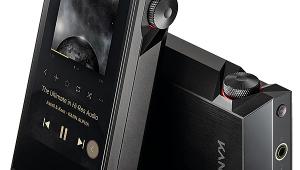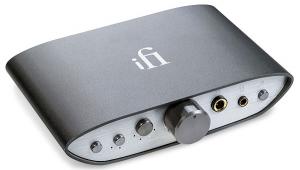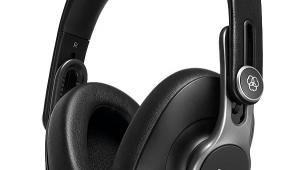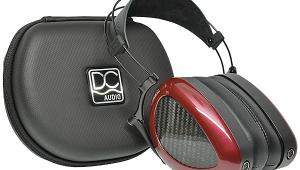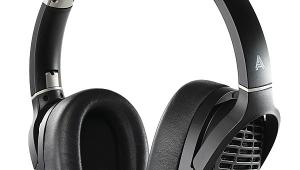Bowers & Wilkins PX headphones Lab Report
The uncorrected frequency responses [Graph 1] are rather different at low frequencies for the two capsules, suggesting a sealing issue with the right side. No matter how carefully it was placed on the artificial ear, it never matched the LF output of the left capsule – which presumably demonstrates the intended response. The hump in output below 900Hz is obvious, as is a lower, narrower peak at 2-3kHz than conventionally considered necessary to achieve neutral tonal balance.

Because of this LF disparity, the third-octave corrected responses [Graph 2], which are based on the average of the two capsule responses, are if anything less fulsome in the bass than they should be but still demonstrate an obvious lower-mid/bass excess. The perceived frequency response above 1kHz is much flatter but for the expected dip around 3kHz. Not indicated in any of the measurements is that the PX – again in line with previous B&Ws – has headband vibrational issues at LF, although it lacks the higher frequency ping previously caused by thin wire capsule hangers. KH
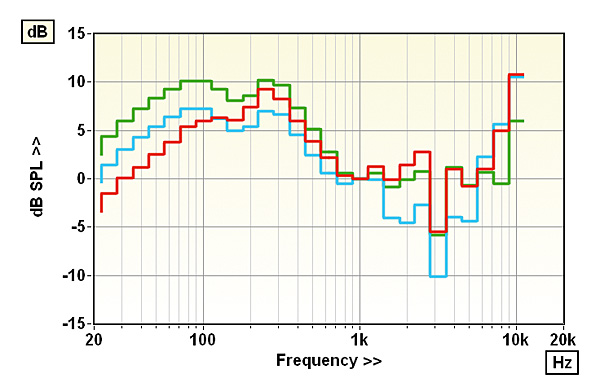
Sensitivity (SPL at 1kHz for 1Vrms input): 117.5dB
Impedance modulus min/max (20Hz-20kHz): 846ohm @ 20kHz / 904ohm @ 20Hz
Capsule matching (40Hz-10kHz): ±10.4dB
LF extension (–6dB ref. 200Hz): 22Hz
Distortion 100Hz/1kHz (for 90dB SPL): 0.1% / 0.4%
Weight (inc cable): 350g
Price: £329
